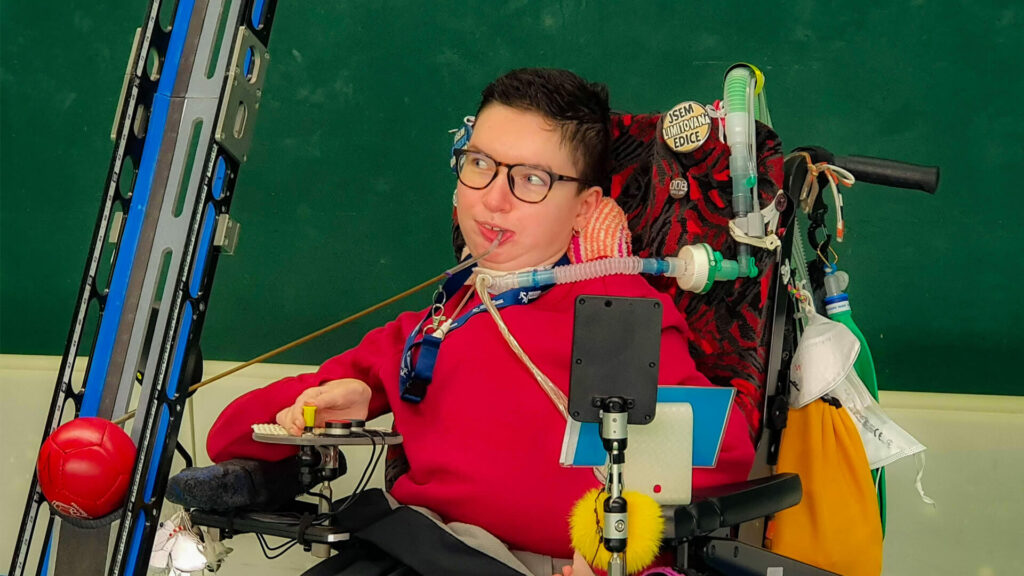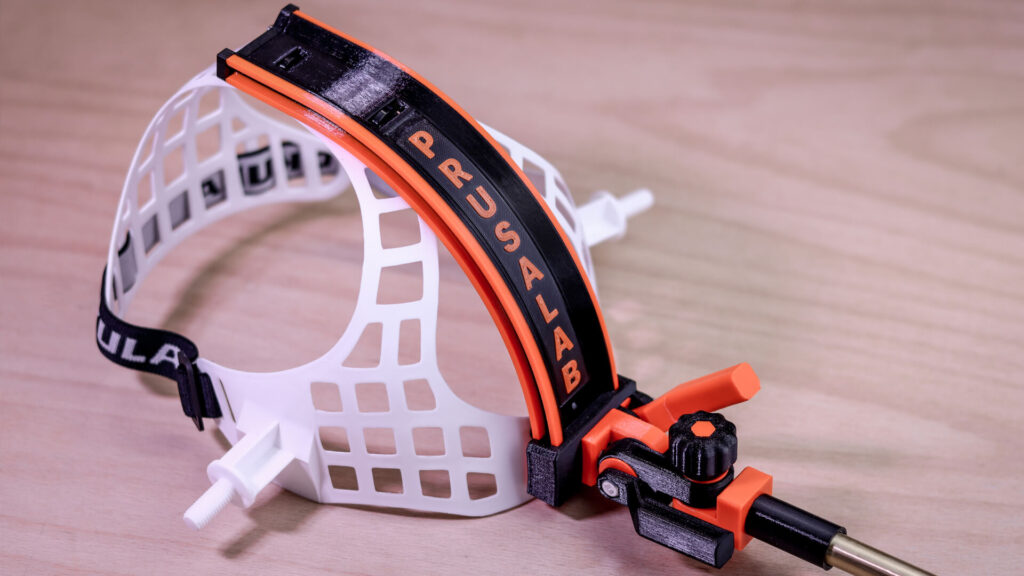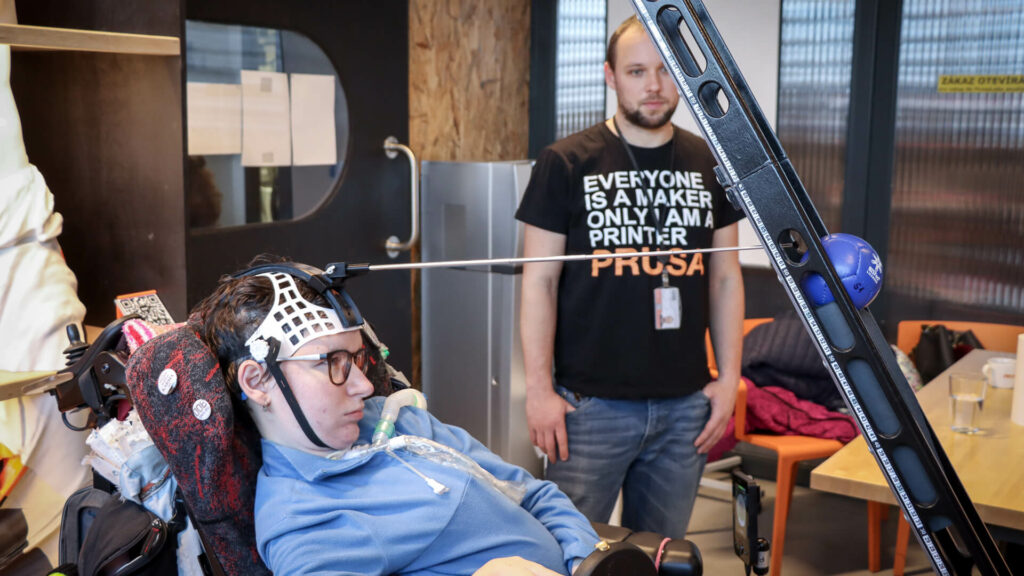When we were approached by a customer who wanted to make special sports equipment for his handicapped daughter Anička, we didn’t hesitate for a moment – even though it was the first time we had heard of the sport of boccia.
Boccia? What is that?
Boccia is an internationally recognised sport for people with severe disabilities and has been included among the Paralympic disciplines since 1984. With some modifications, it is very similar to the game of pétanque. At the beginning of the game, a white ball – the jack – is placed on the court. Players then try to place as many of their balls as possible near it. Unlike pétanque, boccia is played on a flat hard surface and with lighter, leather balls. These can be thrown, bowled, kicked or launched off a ramp depending on the handicap of the player.
Anička’s needs
Players are divided into four categories according to their level of disability. Due to her disability (spinal muscular atrophy), Anička is classified as BC3. This category is allowed to use several special tools to play. The basic one is a ramp. An assistant helps to point the ramp in the right direction and places the ball on it. However, Anička has to be the one to set the ball in motion. To do this, she used a pointer held in her mouth and moved her wheelchair forward to launch the ball off the ramp.

Our task was to invent and create a system of attaching this pointer to the head (the so-called head pointer). Such equipment must take into account the individual requirements of the player, which are related to both their handicap and the way they play. The head pointer must not only be light but also sufficiently strong, and it must also allow for easy adjustment and manipulation during the preparation of the ball launch. These requirements were specified several times (including practical demonstrations) in our workshop.
Coming up with our solution
We designed a three-part solution, which includes a head mount, an adjustable grip with two joints, and a telescopic stick. Our original intention to use a bicycle helmet as the head mount proved impossible as Anička cannot hold her head upright without support. However, another already existing solution came to our minds.

Face shields come with an adjustable mechanism and generally fit the head well – all we had to do was remove the visor. We then fitted it with the 3D printed grip. This part comprises of a configurable rail and locking screws. These allow Anička to change the angle in which she can aim her stick. Finally, there’s the 124 centimetre-long stick itself. It is equipped with a 3D printed threaded foot, meaning that changing sticks is therefore very easy and quick, should the need arise mid-game.

At the other end of the bar we placed an attachment that allows the ball to be pushed from the ramp. During the game, everything can be reconfigured and secured in the new desired position. Our is lightweight, low-maintenance and in case of damage, any relevant parts can be reprinted and replaced easily.
The first prototype (except for the head mount) was made entirely of Prusament PLA. While this is a relatively tough material, it can also be brittle. In our later prototypes, we used Prusament PETG for the places where cracks could form over time, and our most durable Prusament PC Blend for one of the mechanically stressed pins.

After a few live tests, some minor adjustments had to be made. In particular, the lengths, spacing and colours of the locking screw levers were adjusted to make everything clearer and easier to use during gameplay.
3D printing of equipment for the handicapped
Our experience showcased great potential in 3D printing tools for people affected by disabilities. Although the production of prostheses should remain under the supervision of health experts, 3D printing of any other equipment that is not as professionally demanding can make life easier for many people. And thanks to the interactive map on PrusaPrinters.org, finding a 3D printing enthusiast who may offer custom 3D printing services is easier than ever.